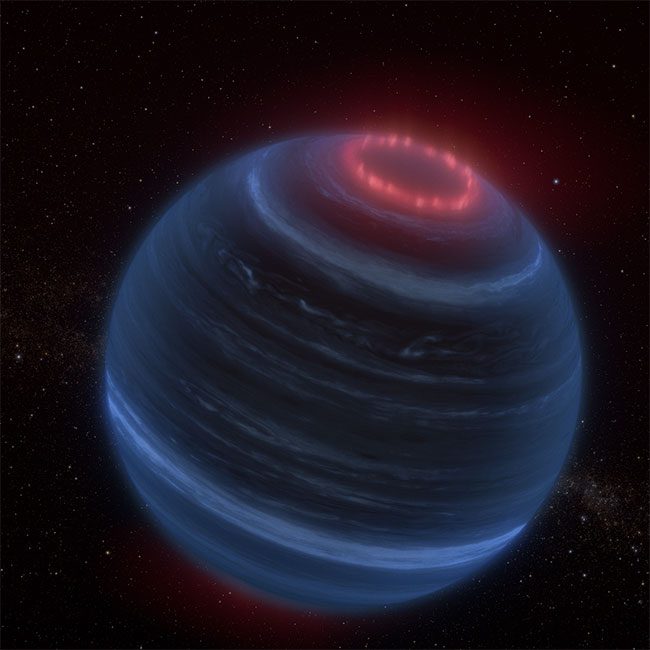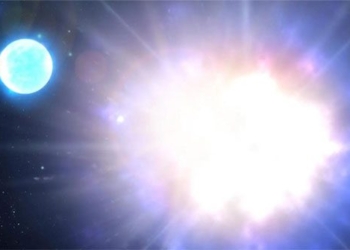What many scientists have long awaited to capture in exoplanets with life now appears in a difficult-to-define celestial form.
A research team led by Dr. Jackie Faherty from the American Museum of Natural History has discovered unexplained methane emissions from a half-star, half-planet object known as a brown dwarf.
The signal of methane in the spectrum of a celestial body is a treasure for astrobiologists, as this greenhouse gas is classified among the most potential “biosignatures.”
However, they hoped to find it on exoplanets with life-supporting factors, not from a bizarre, lifeless entity like a brown dwarf.

Brown Dwarf W1935 – (Graphic: NASA/ESA/CSA/STSc).
This brown dwarf, named CWISEP J193518.59-154620.3 (shortened to W1935), is isolated, has a temperature of about 208 degrees Celsius, is located 47 light-years away, and belongs to the Sagittarius constellation.
The authors used the James Webb Space Telescope from NASA/ESA/CSA (the space agencies of the United States, Europe, and Canada) and discovered strange methane emissions.
Perplexed by this, they tried to create models and found something even more intriguing: W1935 may exhibit temperature inversion— a phenomenon where the atmosphere becomes warmer with increased altitude.
Temperature inversion can easily occur on planets orbiting stars due to heat from their parent stars.
To emit methane without any living organisms and exhibit temperature inversion like Jupiter and Saturn, it must have auroras.
However, auroras also require fierce stellar winds from a parent star to sweep in from the atmosphere.
Nevertheless, brown dwarfs do not have parent stars.
This unusual object called a brown dwarf is not quite a star.
They are considered a “failed star” because they are too small compared to stars and do not sustain nuclear fusion in their cores but are too large for the size a planet can achieve without a parent star.
Thus, brown dwarfs can also be viewed as a type of “superior planet,” formed from the void, that is, from chaotic gas and dust clouds between stars, similar to how stars are born, instead of from the protoplanetary disk of a parent star.
More observations are needed, but researchers speculate that one explanation for the auroras on W1935 could be an active moon that has yet to be discovered.
Despite everything, every detail in this new discovery adds to the mystery surrounding the type of object known as a “brown dwarf.”





















































